Day 131 (August 21, 2017)
Nemuro, Hokkaido → Cape Nosappu → Nemuro Station, Hokkaido1
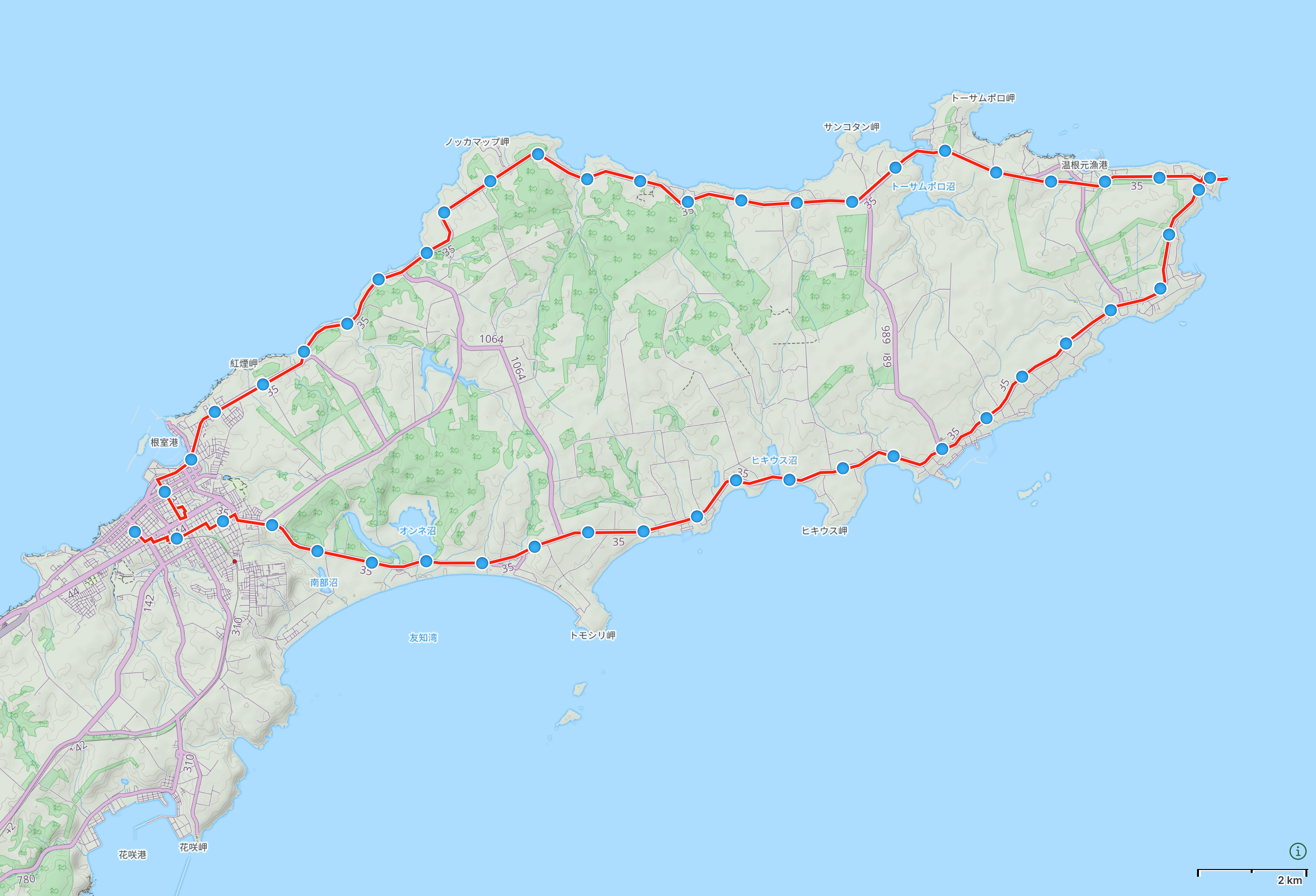
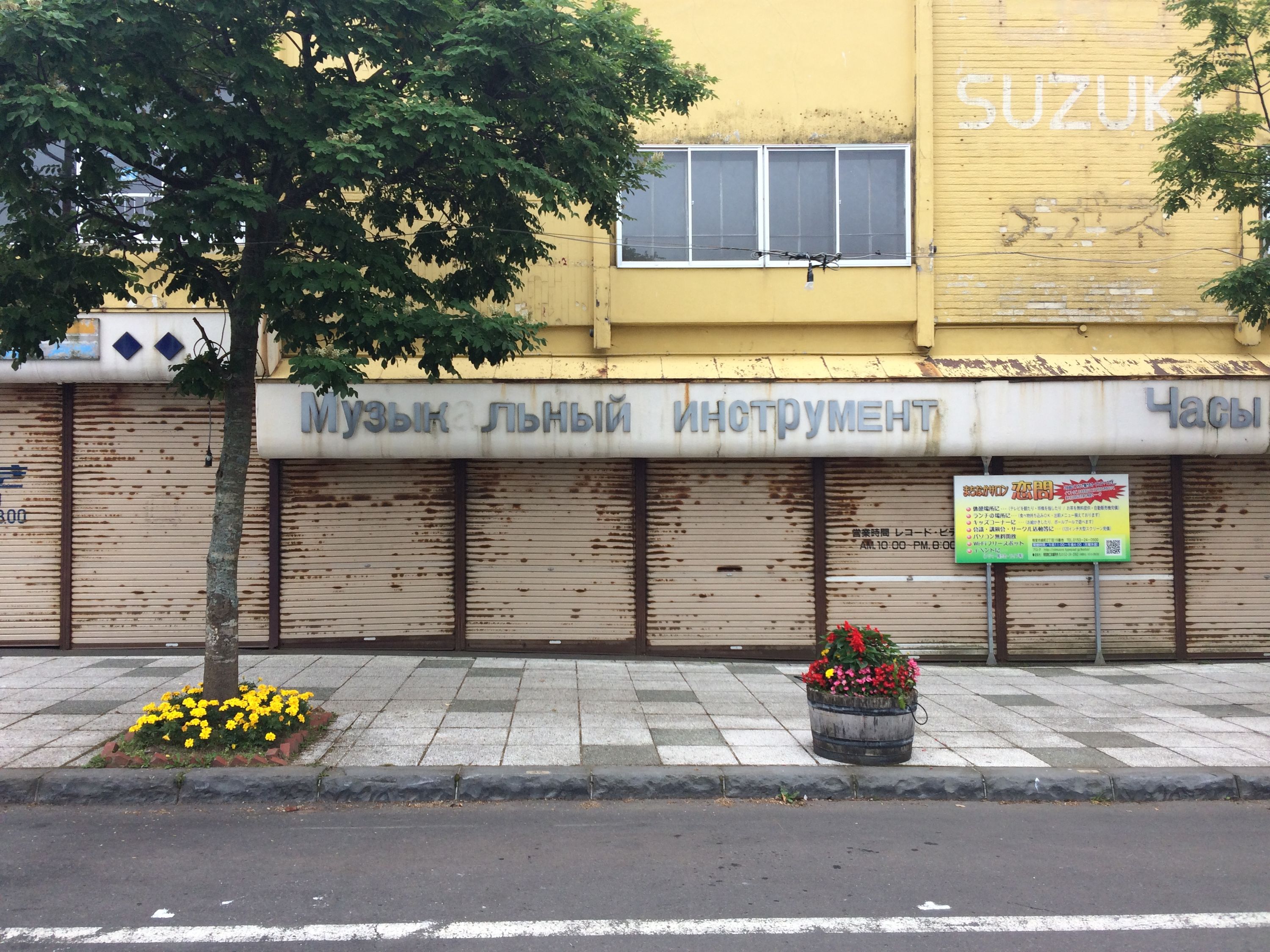
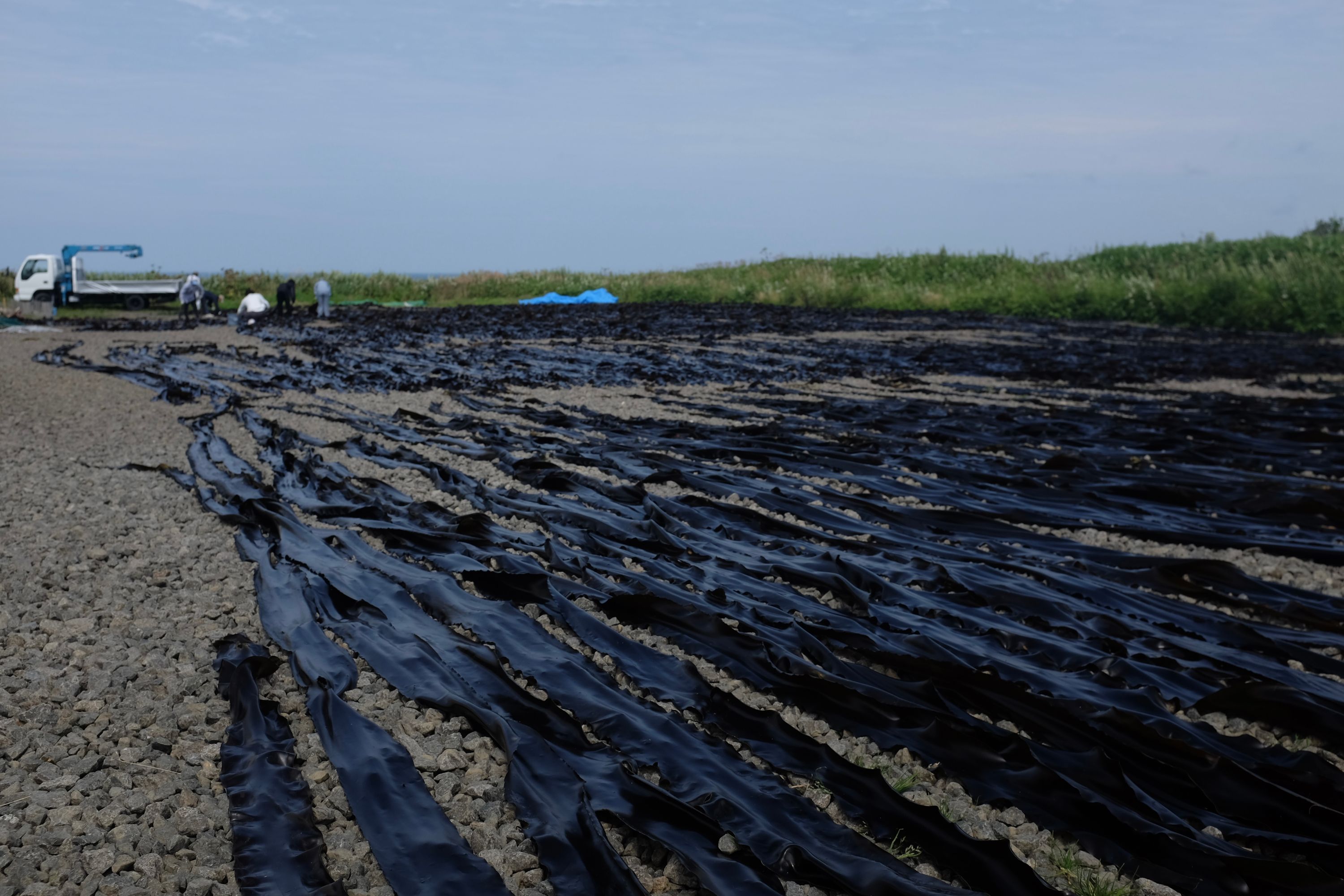
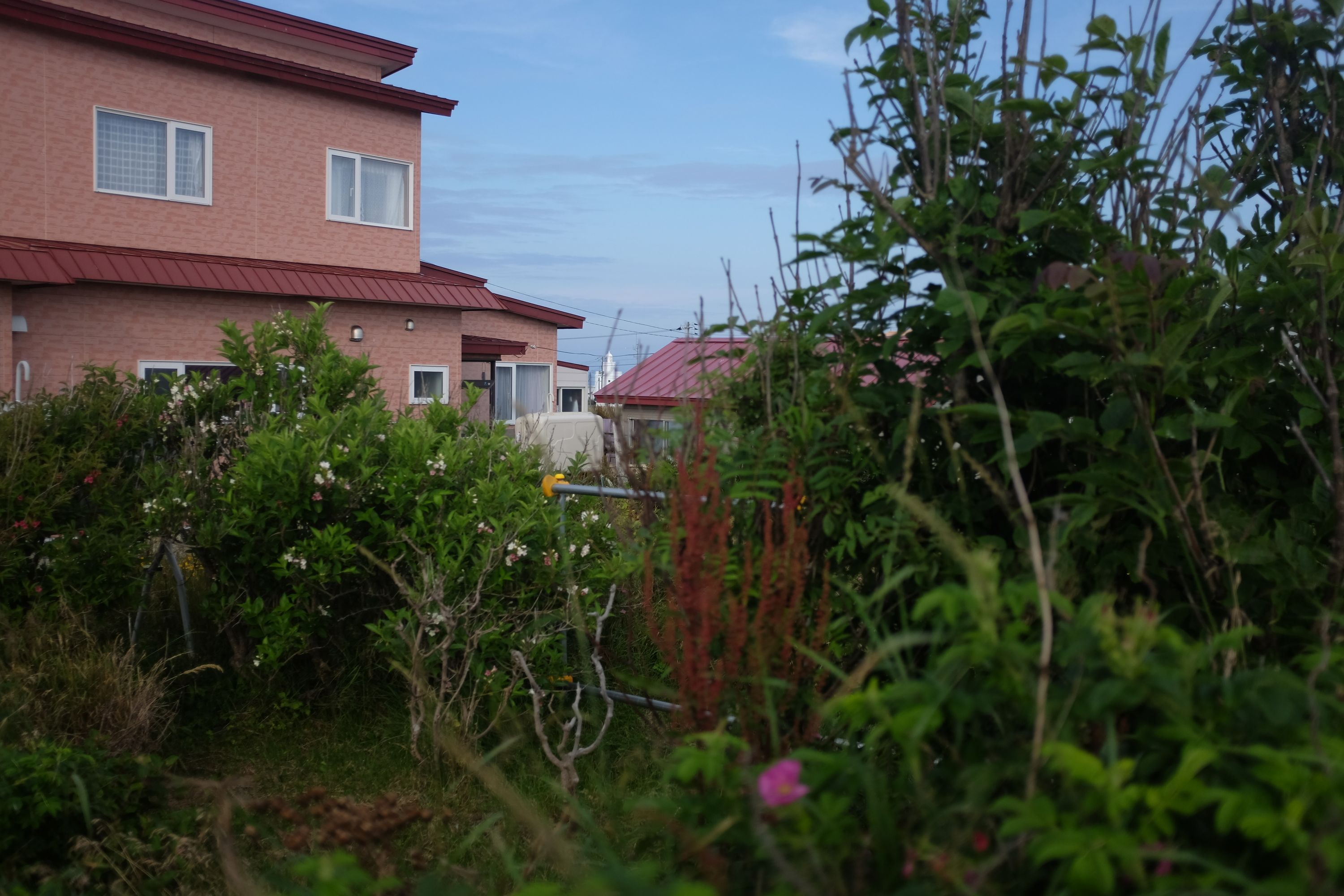
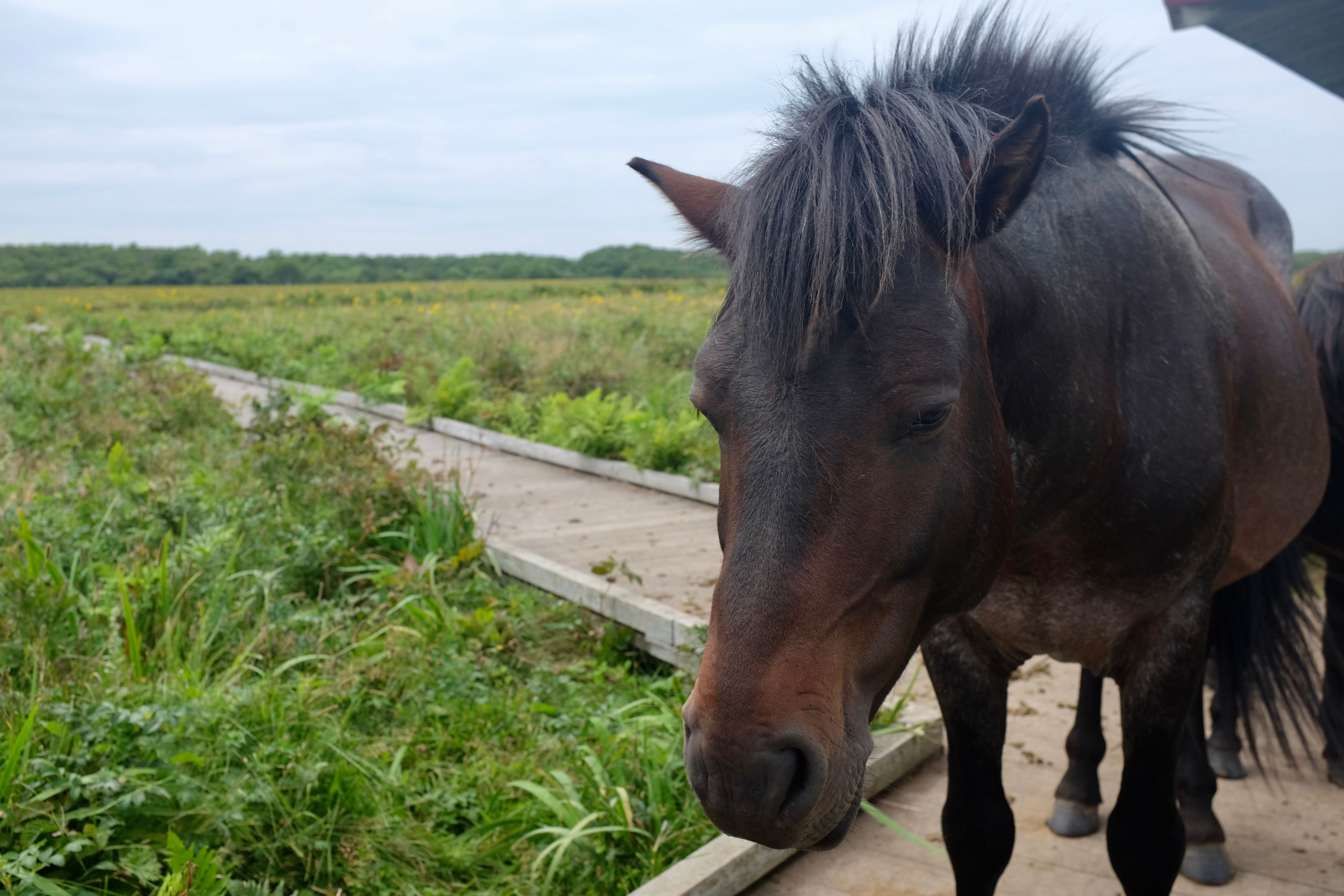
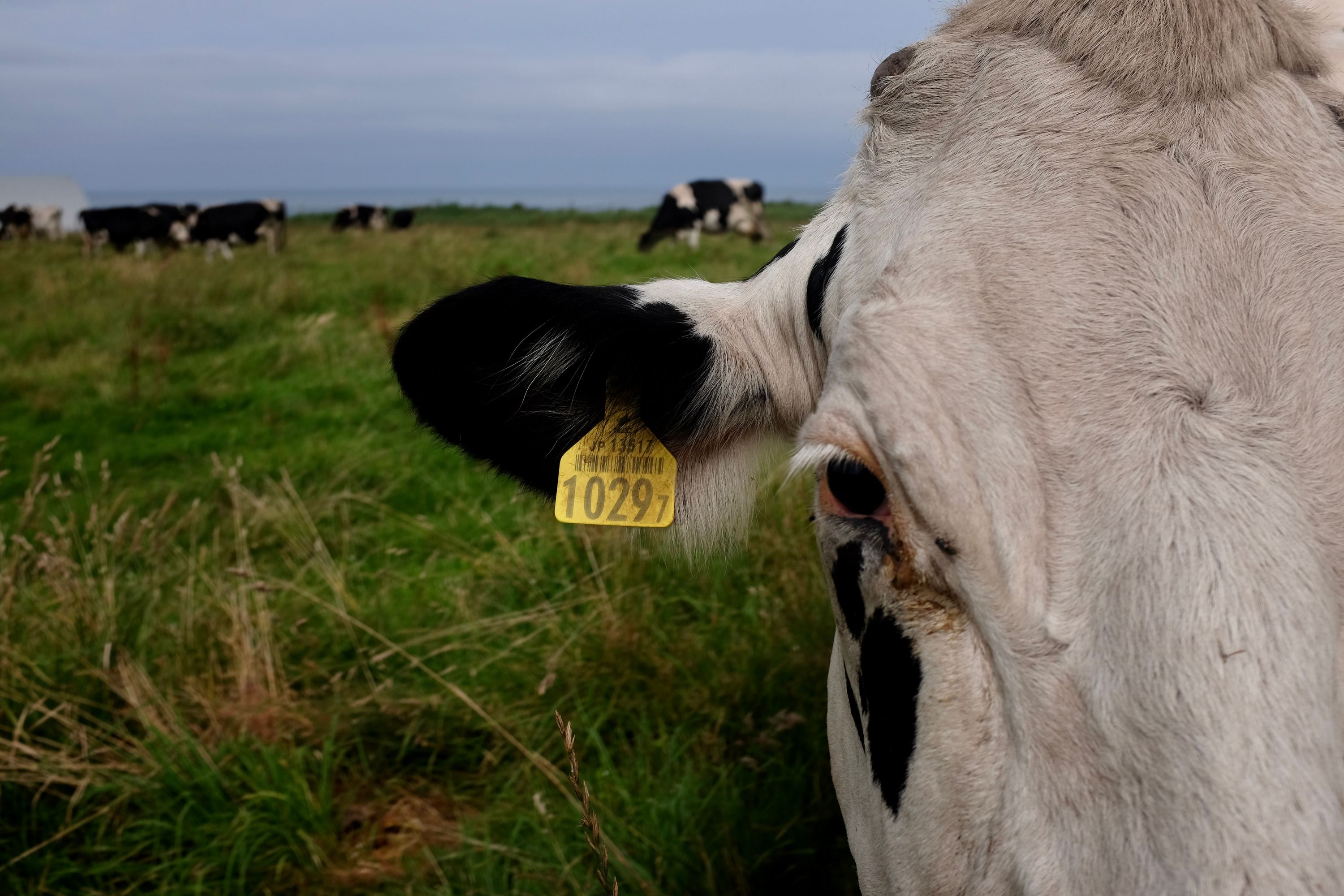
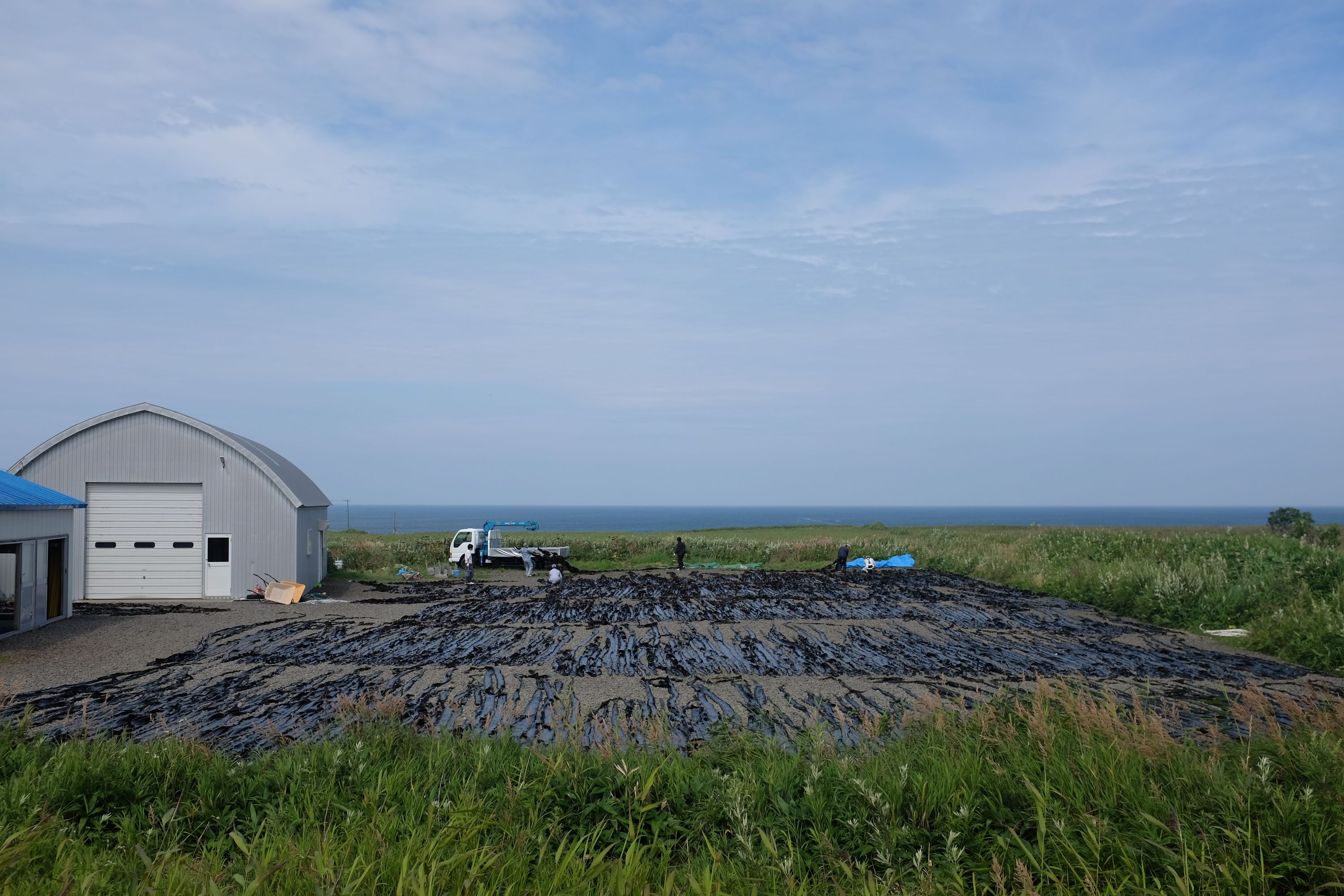
I had expected to see a waste land beyond Nemuro, beyond the reach of the Japanese rail network, a narrow peninsula between the Pacific and the Sea of Okhotsk, and we found a landscape that was anything but. Horses grazed the wind-blown fields, brand-new houses stood in the villages, and the people we saw were busy drying long strands of kelp in the sunshine, a rarity in these parts. The easternmost point of the Japanese mainland was an hour’s walk away.
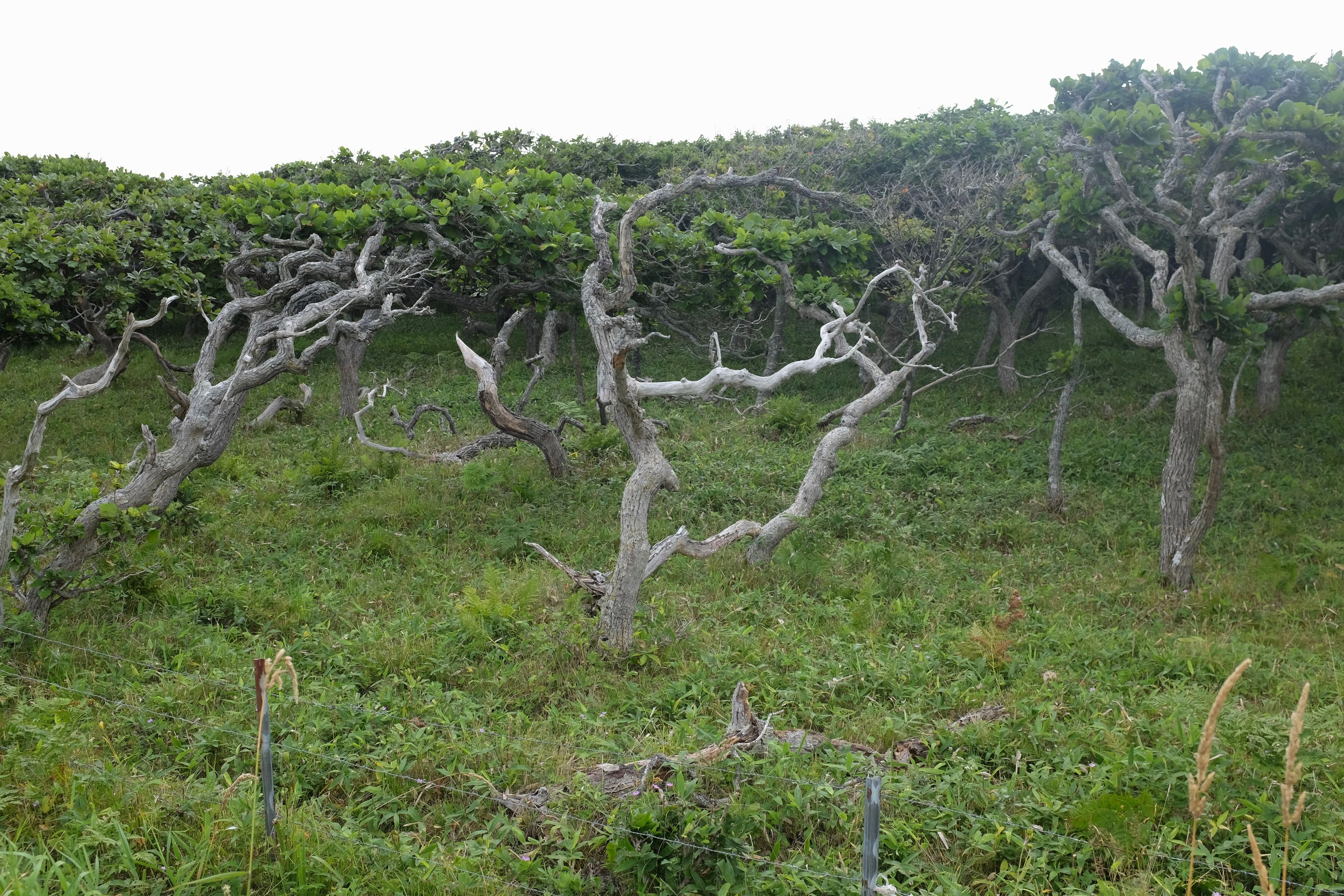
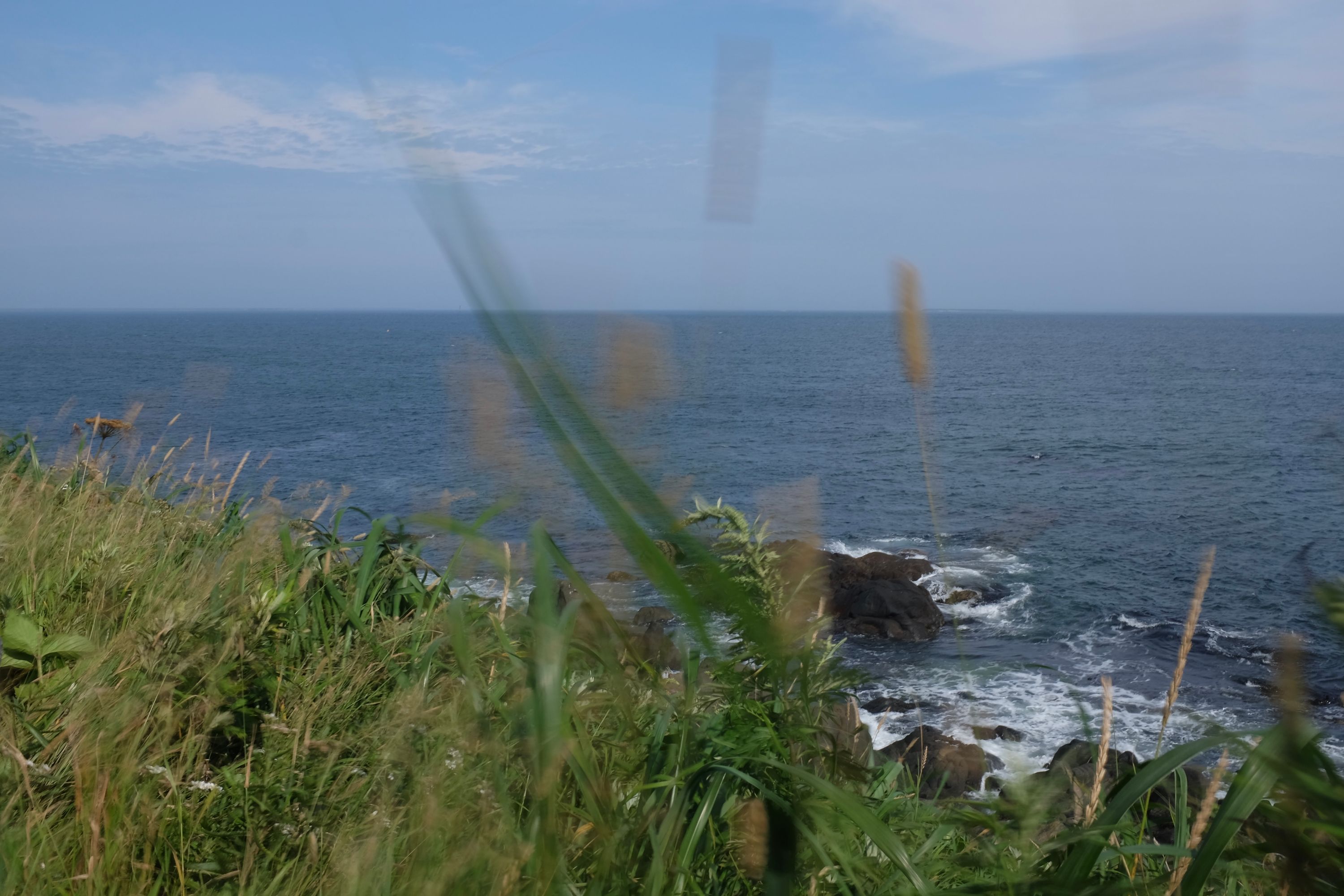
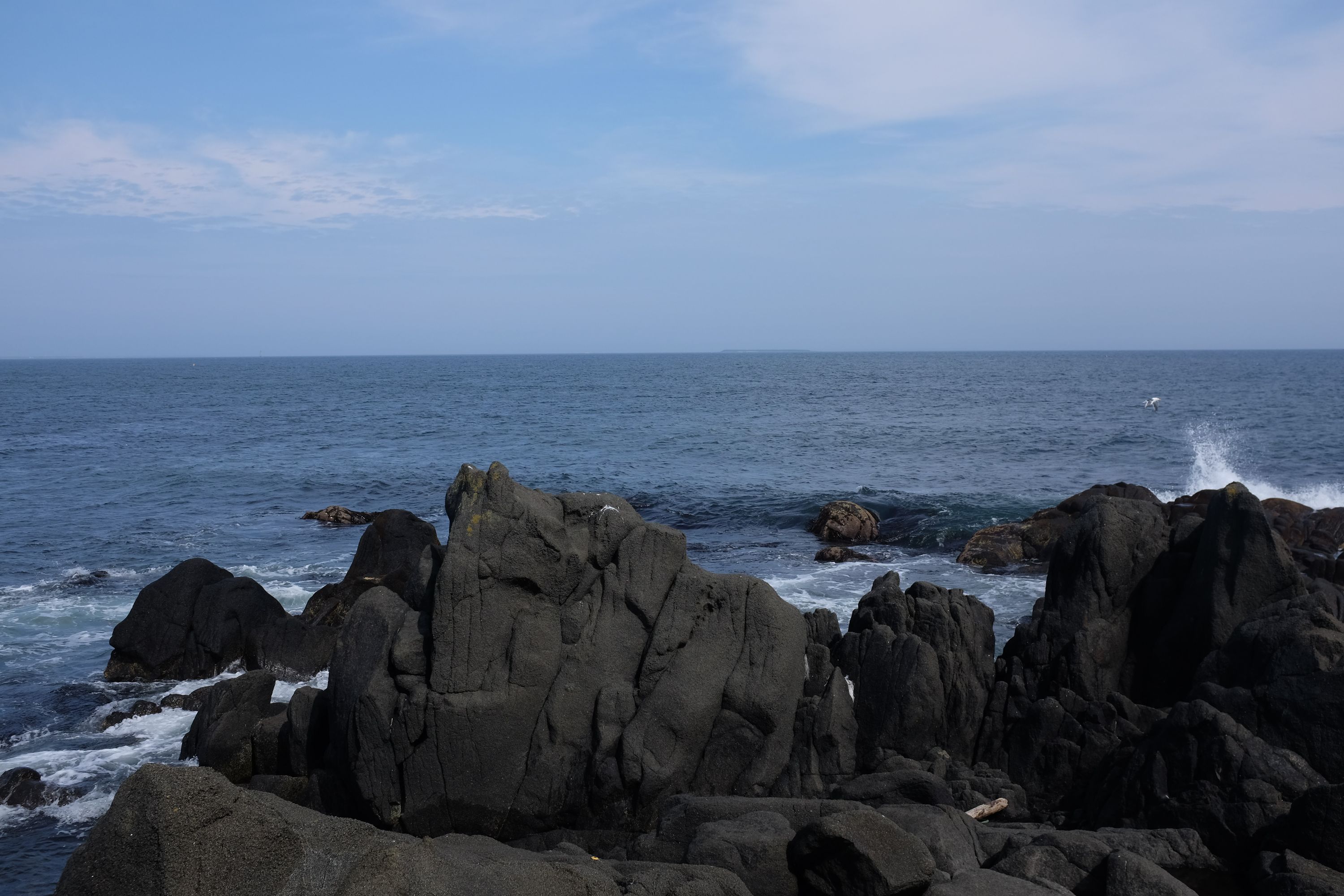
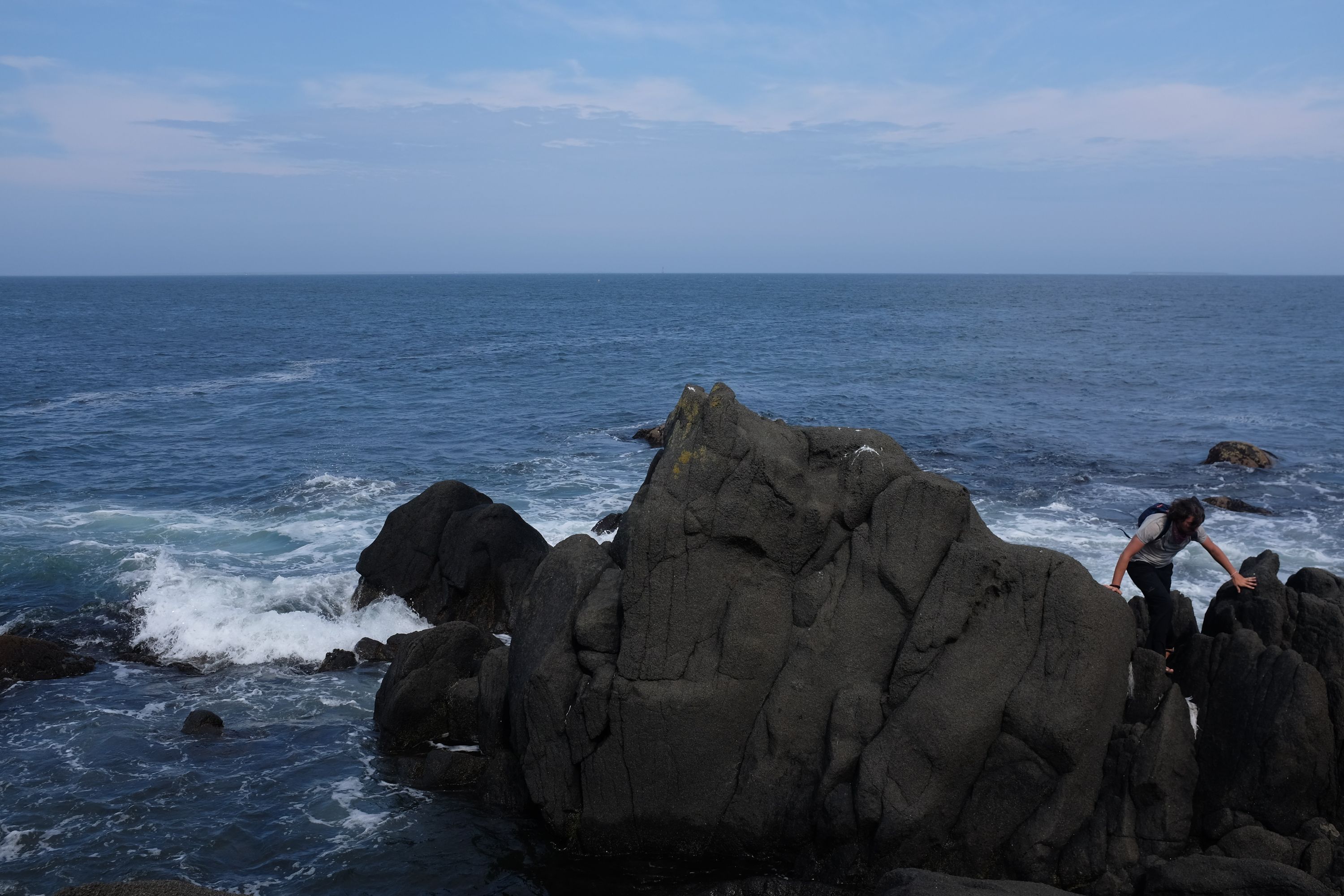
A trail descended from the lighthouse, and we wound our way down the gravel, until the wildflowers thinned out, and we clambered over the rough black boulders, into the wind and the sea spray, and then we sat, looking out over the Pacific, seagulls and skua riding the waves to the east, the Kuril Islands tracing a line through the mist to Kamchatka, then we turned around, for we had run out of Japan, and it was time for animal sacrifice.
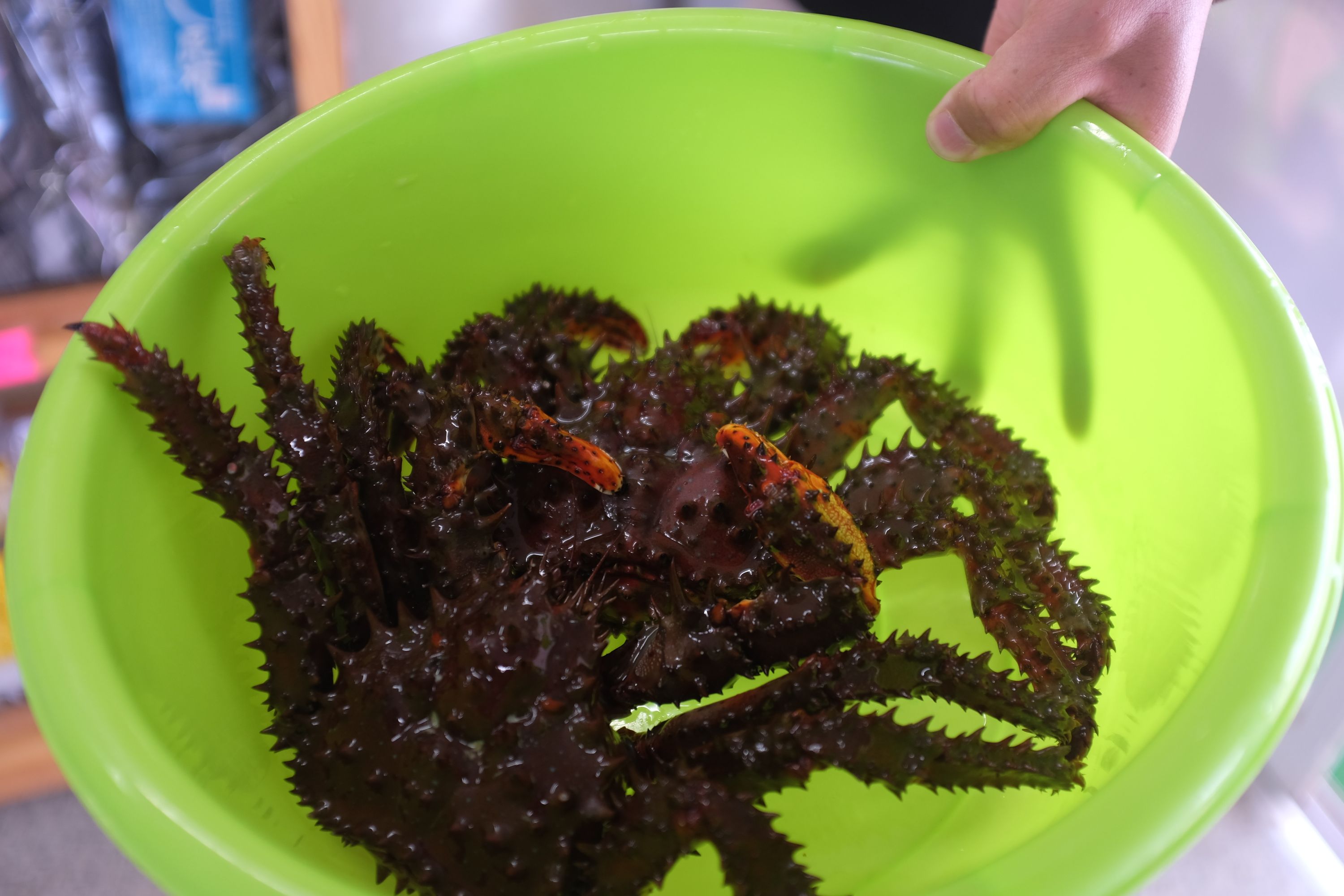
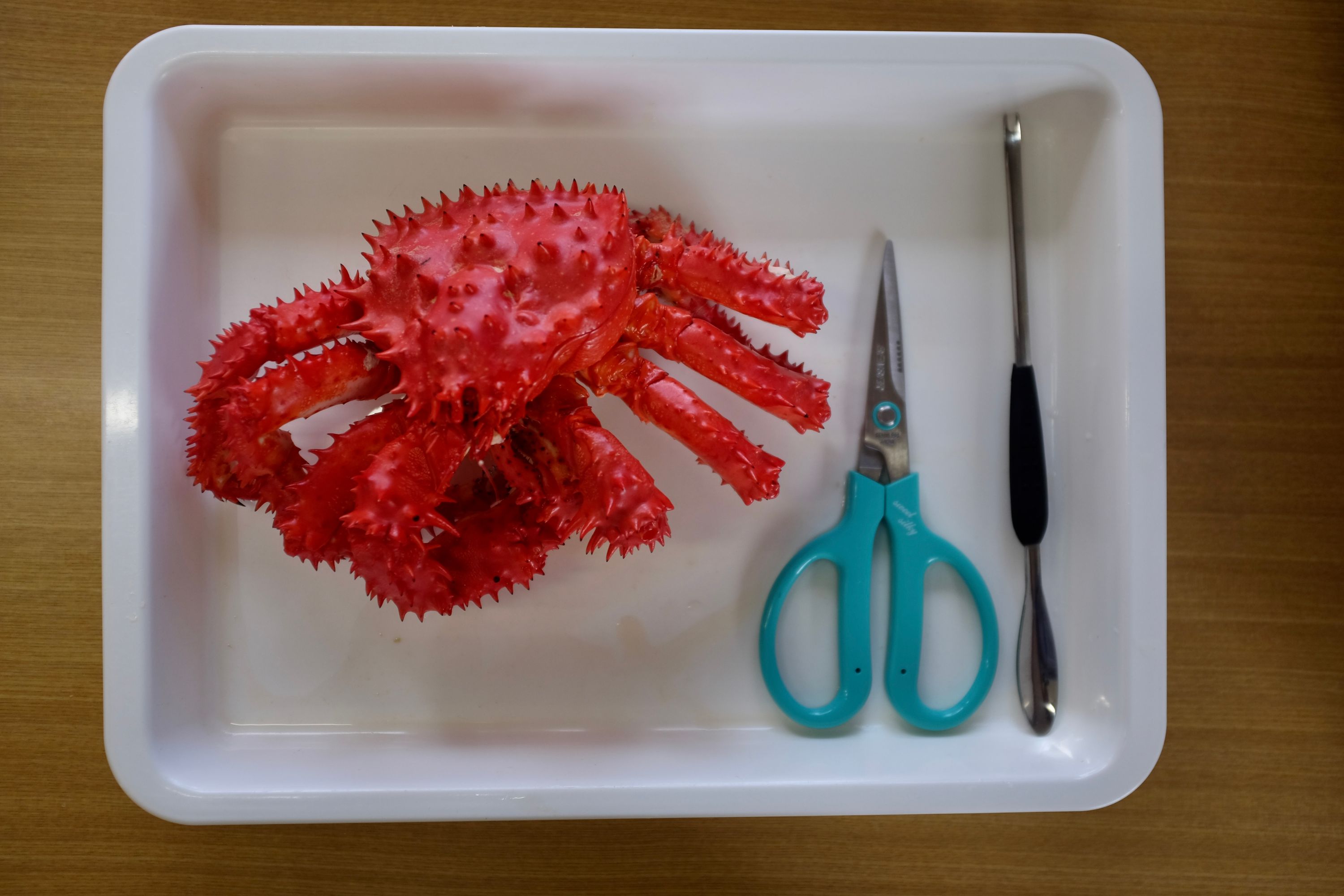
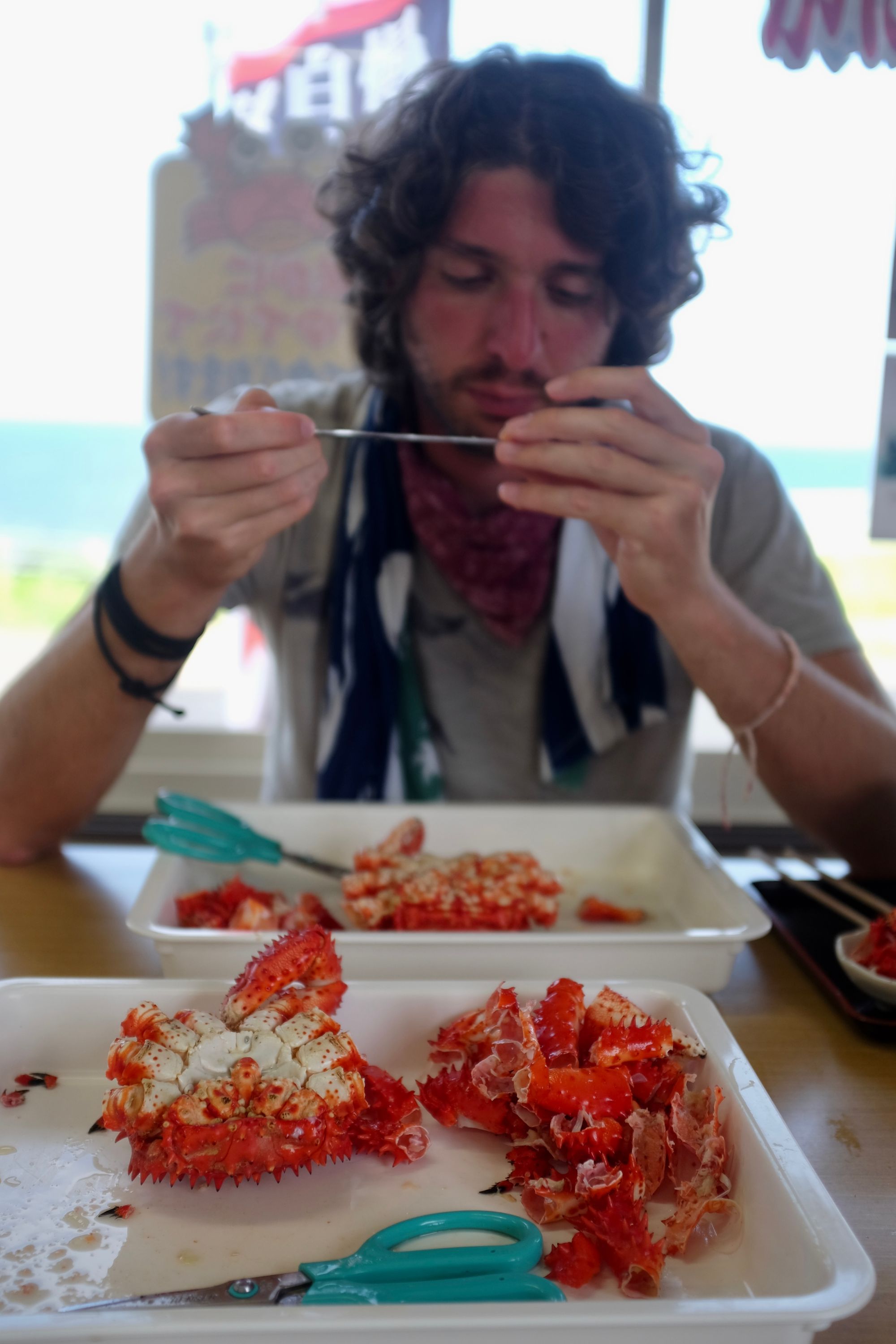
“It has always bothered me that the meat of the oxen sacrificed for a hecatomb wasn’t eaten,” Gabor said. Such a fate wouldn’t befall our crabs at the end of Japan. They were boiled alive, cut apart, and eaten, and their juices were sucked up from the plastic trays they were served on, and we walked back into the wind, on the last of all the roads from Sata.
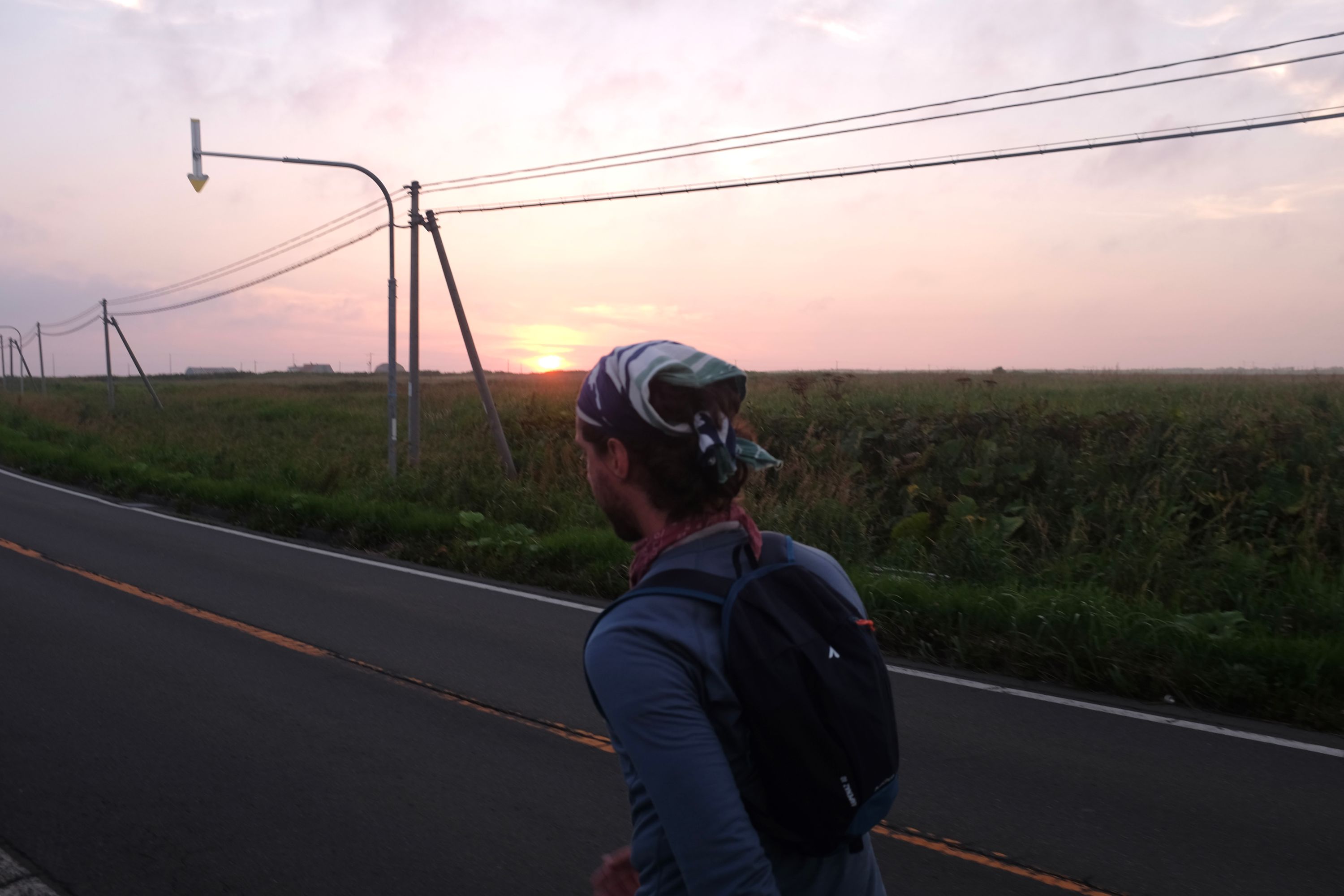
On the last of the roads from Sata, we walked into the sunset for the first time.
It was done. It had been a life entirely without abstraction, perhaps the most beautiful life I ever lived, and I dreamed of walking back, under wedges of red-crowned cranes returning from the north, along the rice harvests of Tōhoku under azure autumnal skies, across the forests of Nagano and Gifu ablaze with the turning leaves, the first dustings of snow, the cold nights in the mountains of Shiiba, until I would arrive in Kagoshima with the white-naped and the grey-hooded cranes, and the ginkgos would glow golden.
“You’re a little too comfortable doing this,” Gabor said. “You’ll have to write now.”
The sun dipped below the horizon, we sank into the bathtub, the doors closed on the first of many Kagoshima-bound trains, and the rain began to fall.
The End
Update: Five years later, on August 22, 2022, we continued our journey from the same spot. It became the subject of Human Again, a series of three longer dispatches I wrote on that walk.
Clockwise.↩︎

